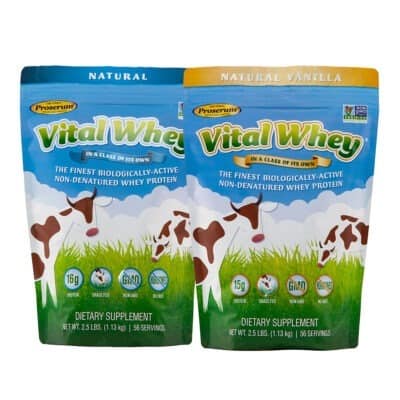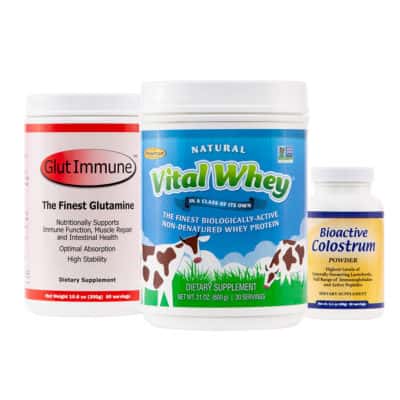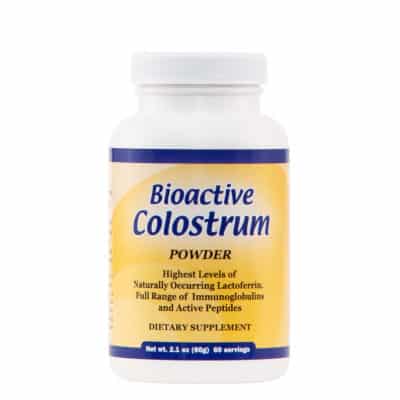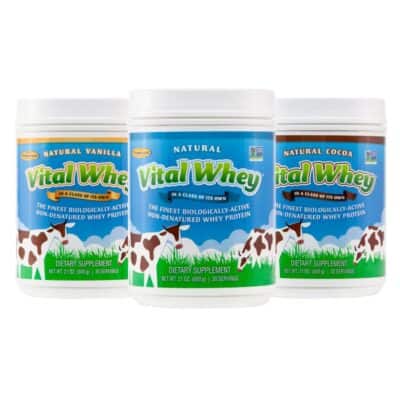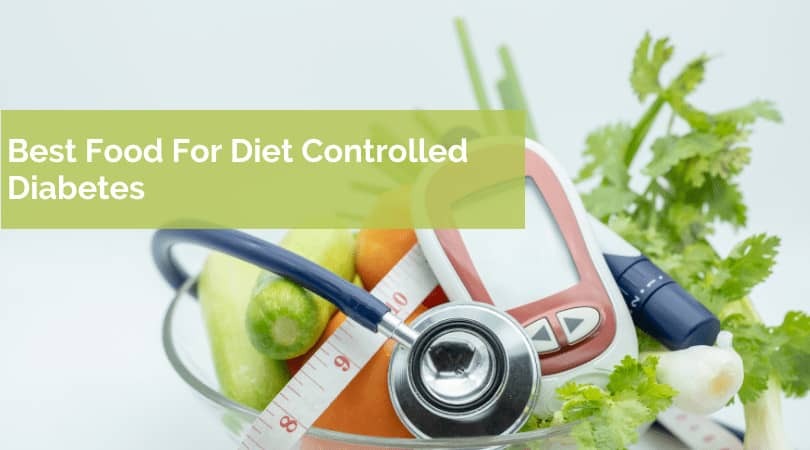
Diet Controlled Diabetes
Diabetes is a common disease that affects over 10% of the United States population, with millions more currently undiagnosed. While there are standard methods to help medically manage the condition, diet plays a crucial factor in the disease control.
To achieve diet controlled diabetes, it’s important to understand what foods can help, or hinder, blood sugar management.
What is Diabetes?
Diabetes mellitus is a disease where your pancreas and body’s ability to produce insulin becomes impaired leading to increased glucose in your bloodstream in response to consuming carbohydrate containing foods. Typically in a healthy person, this glucose will go to the body’s cells and be used for fuel to keep the body functioning. When a person has diabetes, their body’s ability to produce insulin and process the glucose becomes impaired causing dangerously high blood sugar levels. If elevated blood sugars are chronic and left untreated, they can lead to damaged vision, elevated blood pressure, kidney injury, increased risk for strokes/heart attack and much more. Lifestyle changes and/or medical interventions are essential to optimize the management and monitoring of diabetes.
There are three main types of diabetes, which include:
- Type 1 diabetes: A condition in which your body stops producing insulin, which may be triggered by an autoimmune reaction. Insulin treatment is required.
- Type 2 diabetes: A condition in which your body produces insulin, but doesn’t utilize it well and therefore cannot maintain healthy blood sugar levels without certain interventions.
- Gestational diabetes: A condition that develops among pregnant women who have never been diagnosed with diabetes before. It generally goes away after a baby is born, but this is not always the case and the risk for having diabetes in the future is significantly increased for the patient.
All three types of diabetes will benefit from a change in dietary habits that promote healthy blood sugar control.
How Diet Impacts Diabetes
Diabetes, and more specifically your blood sugar, is directly influenced by the types of foods and beverages you put into your body. Is diet controlled diabetes possible? Yes! It just depends on how you plan your diet.
When you consume simple carbohydrates with little fiber or items that are high in added sugar, this can result in a substantial increase in how much glucose enters your bloodstream during the digestive process.
To help minimize this effect, choosing foods that are high in fiber or that contain protein will be helpful. Protein and fiber are broken down more slowly, releasing glucose into your bloodstream at a less dramatic rate. Foods that are higher in fiber also tend to be healthier such as fruits, vegetables, whole grains, nuts, seeds, and legumes.
Having diabetes can put you at a higher risk for developing heart disease, so it’s important to pay attention to the types of fats in your diet. Choosing healthier, unsaturated fats in place of saturated fats, in combination with high-quality sources of protein and carbohydrates is a good practice when putting together diabetes-friendly meals and snacks.
If you’ve been wondering how to control diabetes with diet, design your diet primarily around foods that align with the guidelines above. Keep reading for some examples.
Best Foods for Diabetes Control
Looking for a list of foods for diabetics? While there are no diabetes superfoods, here are some ideas for foods to prioritize in your diet for better diabetes control:
- Fatty fish, like mackerel, salmon, and tuna, which are rich in omega-3 fatty acids that may improve blood sugar levels after meals
- Beans, peas, and lentils. Consumption of these foods is inversely associated with type 2 diabetes risk
- Whole grains, such as brown rice, whole wheat pasta, breads, quinoa, and amaranth
- Nuts, like unsalted peanuts, almonds, walnuts, pistachios, Brazil nuts, and cashews, which may help reduce risk for heart disease among people with diabetes
- Seeds, like ground flax, chia, hemp, unsalted sunflower and pumpkin seeds
- Leafy greens, like spinach, arugula, and lettuce are high in vitamin C and may help reduce cellular damage and inflammation in diabetes
- Cruciferous vegetables, like broccoli, kale, cauliflower, and Brussels sprouts, which may help improve glucose management
- Berries contain polyphenols that may improve insulin sensitivity
- Garlic and onions
- Sweet potatoes
- Citrus fruits, like oranges and grapefruit
There are also foods to avoid for optimal blood sugar control, such as:
- Refined grains, like white breads, refined pastas, and white rice that offer minimal fiber
- Sugar-sweetened beverages, like soda, fruit juice, sports drinks, and sweetened teas
- Alcohol, which can cause drops in blood sugar
- Boxed breakfast cereal, which can be high in added sugar and low in fiber
- Fried foods, like mozzarella sticks, French fries, and fried bakery products that are high in calories, fat, and can contribute to weight gain and heart disease
- Processed meats, like hot dogs, bacon, and lunch meat, as these are high in sodium, saturated fat, and preservatives
- Candy or sweets with large amounts of added sugar is not helpful when managing blood sugar
Diet controlled diabetes can take practice, but is feasible for many people. By knowing which foods cause spikes in your blood sugar, and which foods will help with blood sugar management, you can design a diet that benefits your diabetes.
References
- “National Diabetes Statistics Report, 2020.” CDC.gov. Reviewed 28 Aug 2020. Available from: https://www.cdc.gov/diabetes/data/statistics-report/index.html
- “What is Diabetes?” CDC.gov. Reviewed 11 June 2020. Available from: https://www.cdc.gov/diabetes/basics/diabetes.html
- Helland A, Bratlie M, Hagen IV, et al. High intake of fatty fish, but not of lean fish, improved postprandial glucose regulation and increased the n-3 PUFA content in the leucocyte membrane in healthy overweight adults: a randomised trial. Br J Nutr. 2017;117(10):1368-1378. doi:10.1017/S0007114517001234
- Becerra-Tomás N, Díaz-López A, Rosique-Esteban N, et al. Legume consumption is inversely associated with type 2 diabetes incidence in adults: A prospective assessment from the PREDIMED study. Clin Nutr. 2018;37(3):906-913. doi:10.1016/j.clnu.2017.03.015
- Liu G, Guasch-Ferré M, Hu Y, et al. Nut Consumption in Relation to Cardiovascular Disease Incidence and Mortality Among Patients With Diabetes Mellitus. Circ Res. 2019;124(6):920-929. doi:10.1161/CIRCRESAHA.118.314316
- Wilson, R., Willis, J., Gearry, R., Skidmore, P., Fleming, E., Frampton, C., & Carr, A. (2017). Inadequate Vitamin C Status in Prediabetes and Type 2 Diabetes Mellitus: Associations with Glycaemic Control, Obesity, and Smoking. Nutrients, 9(9), 997. https://doi.org/10.3390/nu9090997
- Axelsson AS, Tubbs E, Mecham B, et al. Sulforaphane reduces hepatic glucose production and improves glucose control in patients with type 2 diabetes. Sci Transl Med. 2017;9(394):eaah4477. doi:10.1126/scitranslmed.aah4477
- Paquette, M., Medina Larqué, A. S., Weisnagel, S. J., Desjardins, Y., Marois, J., Pilon, G., Dudonné, S., Marette, A., & Jacques, H. (2017). Strawberry and cranberry polyphenols improve insulin sensitivity in insulin-resistant, non-diabetic adults: a parallel, double-blind, controlled and randomised clinical trial. The British journal of nutrition, 117(4), 519–531. https://doi.org/10.1017/S0007114517000393
- Gadiraju, T. V., Patel, Y., Gaziano, J. M., & Djoussé, L. (2015). Fried Food Consumption and Cardiovascular Health: A Review of Current Evidence. Nutrients, 7(10), 8424–8430. https://doi.org/10.3390/nu7105404
- Should You Take Whey Protein Powder After Surgery? - March 2, 2023
- How Much Protein is Too Much? - January 30, 2023
- Is Whey Protein Keto Friendly? - January 30, 2023

